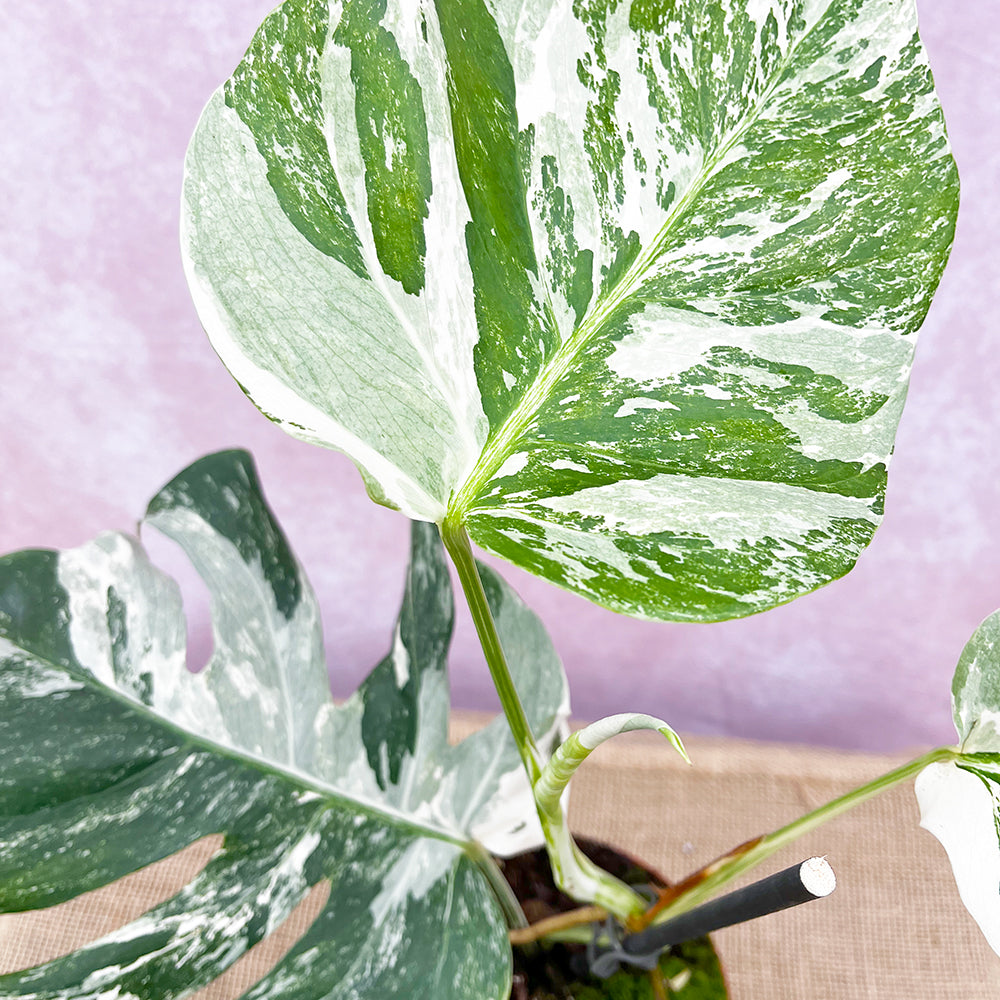Outdoor Plant Care
Caring for outdoor plants involves understanding the interplay between the natural environment and the specific needs of your garden. Whether you're tending to a sprawling backyard, a modest balcony space, or a community garden plot, the principles of outdoor plant care remain largely the same. This comprehensive guide will walk you through essential aspects of nurturing your outdoor plants, including site selection, soil preparation, watering strategies, mulching, fertilization, pest and disease management, pruning, and seasonal care.
Site Selection: The First Step to a Thriving Garden
The location of your garden plays a pivotal role in the success of your outdoor plants. Consider factors such as sunlight, wind exposure, and proximity to water sources. Most flowering plants and vegetables require at least six hours of direct sunlight daily. However, some plants thrive in partial shade or full shade, so it's crucial to match your plants with their preferred light conditions.
Soil Preparation: The Foundation of Growth
Healthy soil is the cornerstone of any successful garden. Begin by assessing your soil type—clay, loam, or sandy. Each has its characteristics and may require amendments to improve fertility, drainage, and moisture retention. Incorporating organic matter such as compost or well-rotted manure can enhance soil structure, provide nutrients, and encourage beneficial microbial activity.
Watering Strategies: Keeping Plants Hydrated
Watering needs vary widely among outdoor plants, but as a general rule, deep, infrequent watering is better than shallow, frequent watering. This approach encourages roots to grow deeper, making plants more resilient to drought. Early morning is the best time to water, reducing evaporation and allowing leaves to dry out during the day, which can help prevent fungal diseases.
Mulching: More Than Just Aesthetic
Mulch serves multiple purposes in the garden: it retains soil moisture, suppresses weeds, regulates soil temperature, and adds organic matter as it decomposes. Organic mulches, such as wood chips, straw, or leaf litter, are preferable. Apply a 2-3 inch layer around your plants, leaving some space around the stems to prevent rot.
Fertilization: Feeding Your Plants
Fertilizers replenish nutrients in the soil, but it's essential to use them judiciously. Over-fertilization can harm plants and pollute waterways. Conduct a soil test to determine the specific nutrient needs of your garden. Choose between organic fertilizers, which release nutrients slowly and improve soil health, and synthetic fertilizers, which are fast-acting but can leach away quickly.
Pest and Disease Management: Prevention is Key
Regularly inspect your plants for signs of pests and diseases. Early detection and identification are crucial for effective management. Favor non-chemical control methods whenever possible, such as removing affected parts, encouraging natural predators, or using barriers. If chemical controls are necessary, select the least toxic options and follow label instructions carefully.
Pruning: Shaping for Health and Beauty
Pruning helps control plant size, improve health, and enhance flowering or fruiting. The best time to prune depends on the plant species and the goal of pruning. Generally, prune flowering shrubs after they bloom and prune dormant trees and shrubs in late winter or early spring.
Seasonal Care: Adapting to the Garden's Rhythms
Garden care varies with the seasons. Spring is for planting and mulching, summer for watering and weeding, autumn for planting bulbs and preparing for winter, and winter for planning and pruning deciduous plants. Understanding the seasonal needs of your garden will help you anticipate and address potential issues before they become problems.
Conclusion
Caring for outdoor plants is a rewarding endeavor that enhances the beauty and biodiversity of our living spaces. By attentively addressing the needs of your plants through proper site selection, soil preparation, watering, mulching, fertilization, pest and disease management, pruning, and seasonal adjustments, you can cultivate a healthy, vibrant garden that thrives year after year. Remember, gardening is as much about learning and adapting as it is about planting and harvesting. Embrace the challenges and joys that each season brings, and enjoy the journey of nurturing your outdoor oasis.
